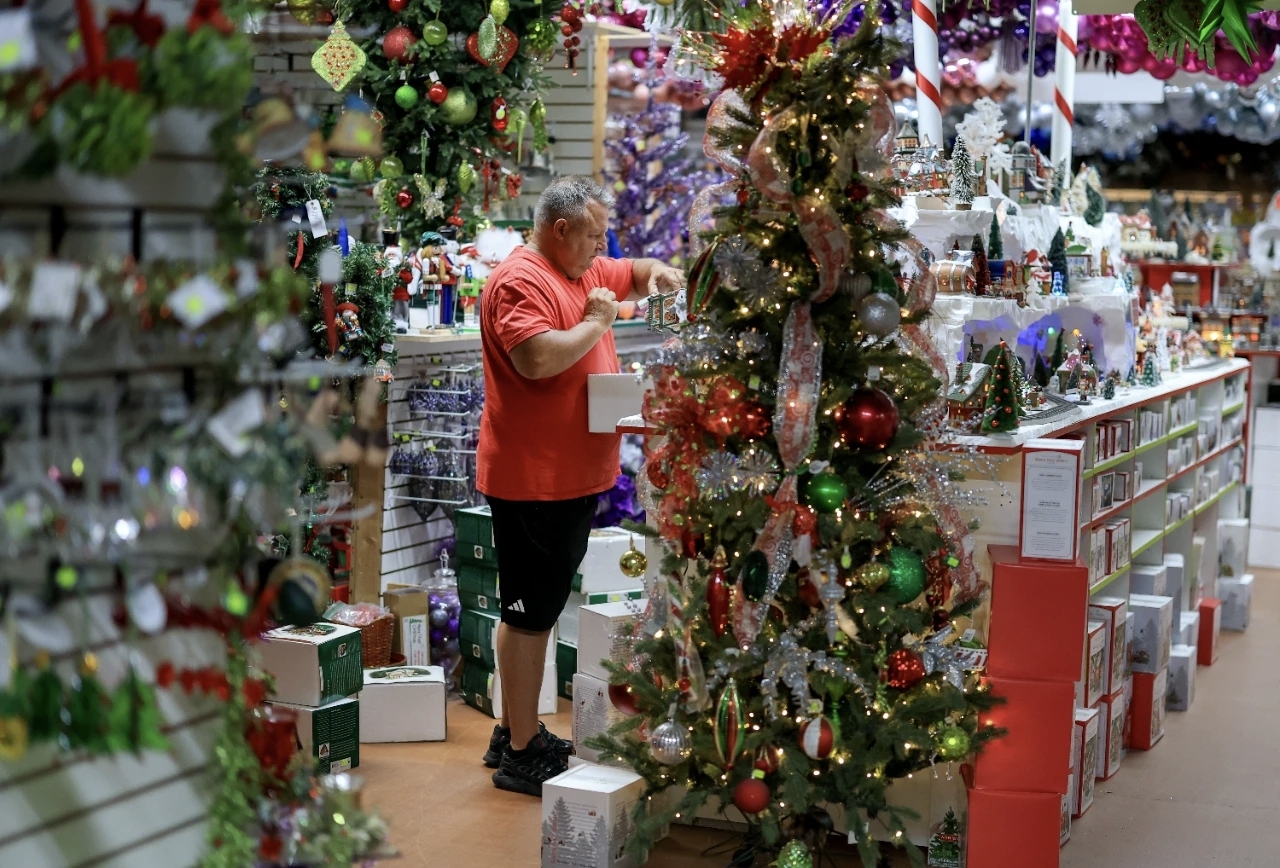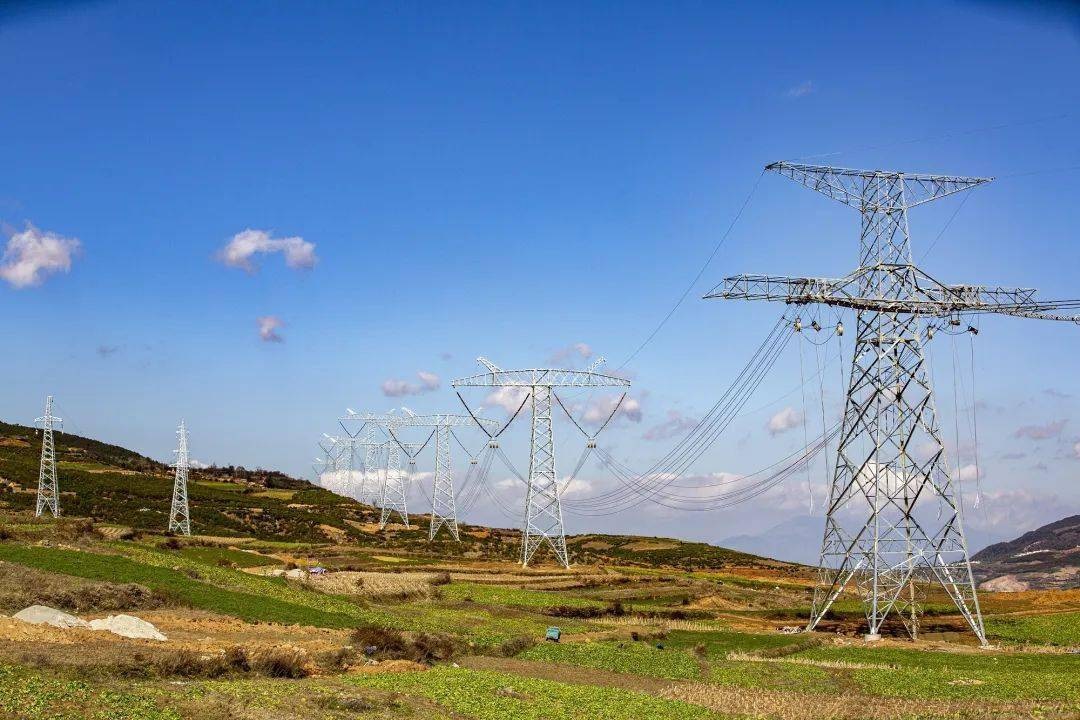
On the trade stage between China and the United States in 2025, the sharp swings in tariff policies have brought the trade of Christmas goods into the spotlight. In April, the US tariffs on some Christmas products to China soared to 145%. In May, it suspended the imposition of additional tariffs to enter a window of easing. The policy reversal within just one month not only disrupted the shipping rhythm of Yiwu, the world's largest distribution center for Christmas products, but also plunged the US market, which relies on Chinese manufacturing, into a crisis of stocking up. This trade turmoil over festival goods reflects the reality of the deep binding of the global industrial chain and also exposes the dual impact of trade protectionism on the economies of both sides.
The sudden outbreak of the tariff storm has dealt a heavy blow to the trade of Christmas products between China and the United States. In February 2025, the United States issued an executive order imposing a general 20% tariff on Chinese goods exported to the US. In April, it further pushed the tariff on some Christmas products to a historical high of 145%, and abolished the tariff exemption for goods under 800 US dollars. Even if they are imported through foreign trade zones, they still need to pay full taxes. This policy has directly impacted the US Christmas supply chain that is highly dependent on China. Data shows that 80% to 90% of Christmas decorations, toys and other holiday supplies in the US market are made in China. Yiwu supplies over 80% of the world's Christmas decorations, and toys produced in Chenghai, Guangdong account for 30% of the US market share. After the sharp increase in tariffs, many merchants in Yiwu suspended their shipments to the United States due to cost inversion and instead turned to emerging markets such as the European Union and the Middle East, causing American buyers to miss the crucial period for stocking up.
The supply chain advantages of Christmas products in China determine that it is difficult for the United States to find alternative solutions in the short term. China not only dominates the market share but has also built an industrial ecosystem that is hard to replicate: the production cost of toys is only one-third of that in the United States, and the price of Christmas trees of the same quality is 20% to 30% lower than that in Southeast Asia. The entire process from mold development to finished product packaging only takes 7 days. In contrast, the defect rate of similar electronic products in Mexico is 50 times that of China. Vietnam still relies on core components from China for production. Rebuilding a similar industrial chain requires several times the cost and takes 3 to 5 years. Even with tariffs as high as 145%, American purchasers still maintain cooperation through re-export trade, batch replenishment and other means. Some retailers even bear the 50% increase in freight costs just to avoid empty shelves. Behind this rigid demand lies the long-term formed division of labor pattern in the global industrial chain, which cannot be fragmented by short-term trade policies.
The window of opportunity brought about by the policy reversal failed to completely defuse the chain reaction of trade fluctuations. After China and the United States reached a consensus in May to suspend the imposition of some additional tariffs, Yiwu witnessed a wave of supplementary orders from American merchants. The orders from the United States for some enterprises increased by 10%, and the export value of Christmas products in the first quarter soared by 109% year-on-year. However, the production of Christmas products has a distinct seasonal nature. After American merchants miss the concentrated stocking period at the beginning of the year, even if they urgently place additional orders, they still face problems such as long transportation cycles and tight production capacity. The largest importer of artificial Christmas trees in the United States has disclosed that there is a significant shortage in the inventory of holiday decorations. The import volume of Christmas trees has dropped significantly year-on-year, and the retail prices of some products are expected to rise by more than 10%. Companies like Mattel have even announced price increase plans, potentially turning toys into "holiday luxury items". Greg Ahearn, the president of the American Toy Association, stated directly that 96% of American toy manufacturers are small and medium-sized enterprises and cannot afford high tariffs. "Children's Christmas holiday is facing the risk of toy shortages."
This trade turmoil eventually led to the outcome of "who raises taxes, who pays the bill". Both academic research and market practice have shown that the majority of the tariffs imposed by the United States on China are borne by American enterprises and consumers. The freight and tariffs for American purchasers have accounted for 50% of the costs. Retail giants like Walmart have been forced to pass on the costs to consumers, with the retail prices of some goods increasing by as much as 30%. For Chinese enterprises, although they have achieved an increase in total orders by exploring emerging markets, the proportion of Yiwu's exports to the United States has dropped from 30% to 14.2%. Enterprises need to deal with the production adaptation costs brought about by the adjustment of order structure. This lose-lose situation highlights the inherent contradiction of trade protectionism: in today's deeply integrated era of globalization, attempting to shift competitive pressure through tariff barriers will ultimately only trigger a chain reaction of cost transmission and market turmoil.
The fluctuations in the trade of Christmas goods offer profound insights for global trade cooperation. Ninety percent of the world's Christmas products are made in China. This pattern is not accidental but the result of the combined effect of market selection, cost advantages and the ability to integrate the industrial chain. The wavering of the US tariff policy has not only failed to protect domestic industries but also intensified domestic inflationary pressure and the burden on consumers, exposing the impracticality of "decoupling and disconnecting the supply chain". In the future, only by respecting the formation laws of the global industrial chain and resolving trade differences through consultation rather than confrontation can mutual benefit and win-win results be achieved. For both China and the United States, the interlude of the Christmas economy reminds us that in an interconnected global market, trade barriers will only create a lose-lose situation, and a stable trade environment is the key to the sustained prosperity of the holiday economy and even the global economy.

報告顯示,中國電力投資加速增長,預計2024年電網基建投資將超過5300億元。
近日,市場迎來了一則引人注目的消息:工業巨頭3M公司(MMM.N)在本周五公布了其季度業績報告,隨後股價飆升至近兩年來的
最近,外媒給OpenAI算了筆賬,今年可能要血虧50億美元。
近日,巴黎奧運會和世界鐵人三項協會聯合發布了一項重大決定,宣布因塞納河水質污染問題,原定於近期進行的奧運會鐵人三項首次下
當地時間7月18日,法國巴黎發生了一起令人震驚的持刀襲警事件。
近期,一則重大消息在國際舞臺上引起軒然大波,馬來西亞宣布加入金磚國家。
調查發現,互聯網和智能手機的使用幹擾了韓國近五分之一學生的生活。